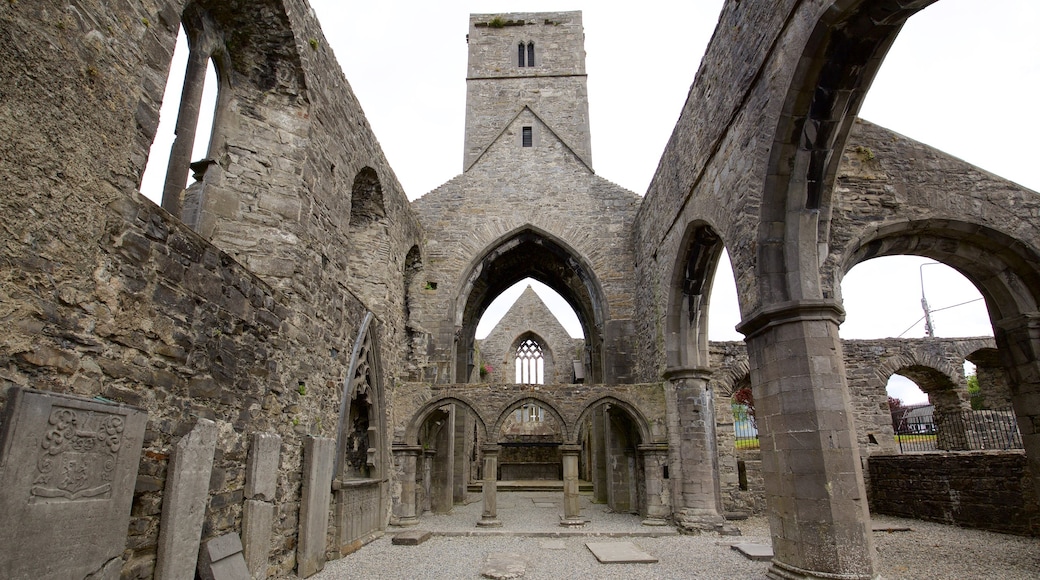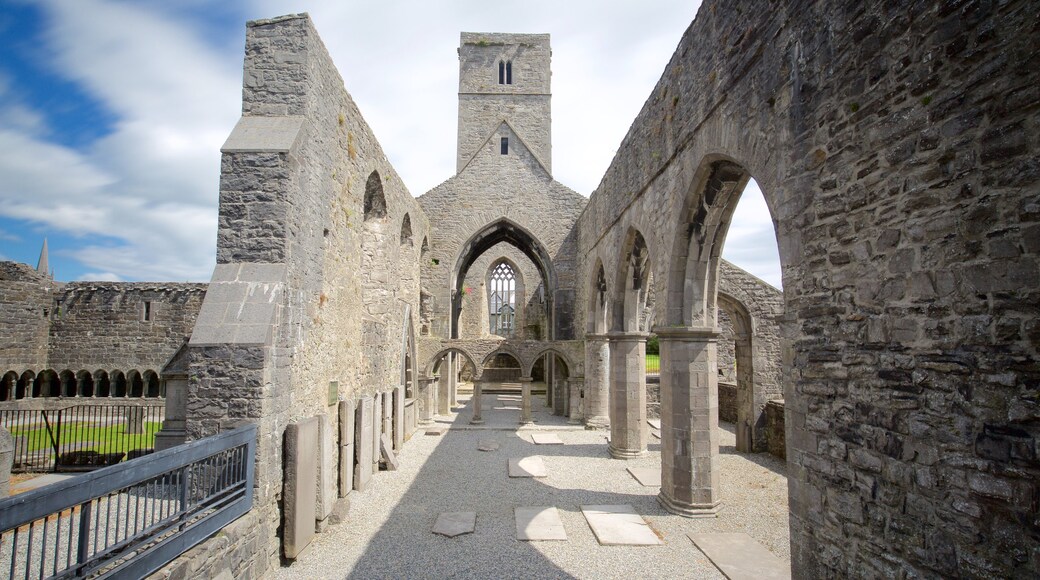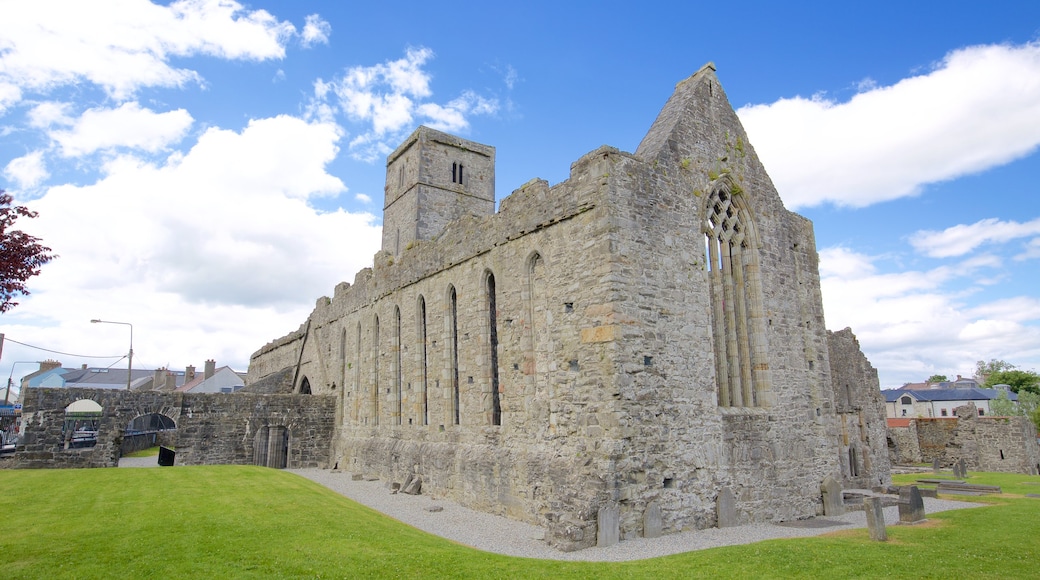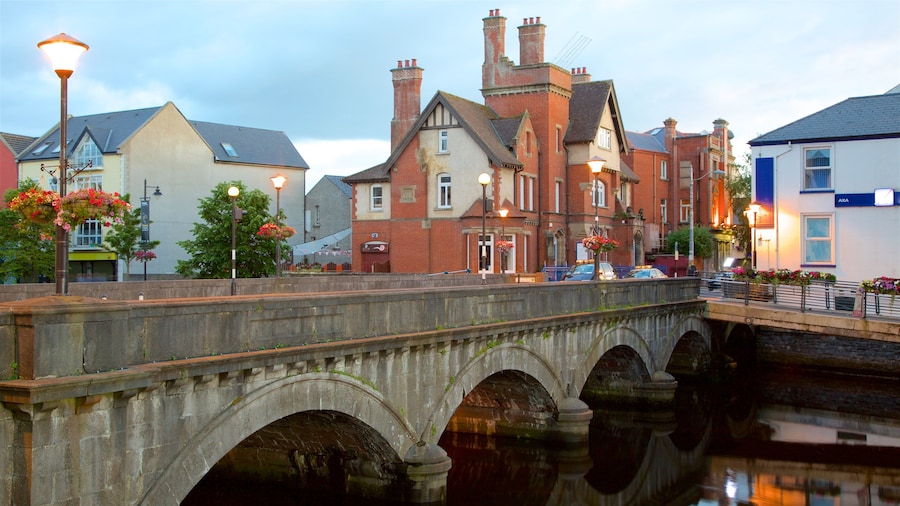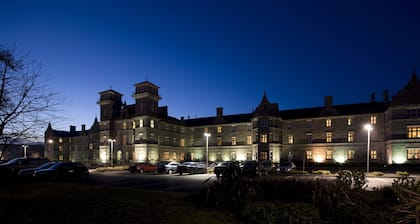Sligo Abbey is an impressive stone ruin of a Dominican friary in the heart of the historic town of Sligo. The abbey dates back to the mid-13th century and has survived fires, wars and uprisings throughout the centuries. Explore the ancient structure to appreciate the abbey’s steadfast architecture and to find a collection of preserved stone carvings.
Enter the site via a stone stairway leading from the Sligo Abbey visitor center. Pick up a walking guide and begin your exploration of the intriguing abbey. The brochure offers a recommended route, as well as explanations about the ruin’s intriguing history.
The abbey, built by Maurice Fitzgerald, the Lord of Offaly, was devastated by a fire in 1414 and further ravaged by rebellion in 1641. Admire the rows of arched windows and carved niches that survive to this day. Learn about the historic uses of the abbey’s ruined rooms and discover the treasures it has housed for hundreds of years.
Find a magnificent collection of Gothic and Renaissance tomb sculptures dating back to the friary’s use as a burial ground. Check out the beautifully preserved cloister, as well as a 15th-century high altar, the only surviving one of its type from Ireland’s monastic churches. Join a 30-minute guided tour to learn about the abbey’s fascinating history and preserved relics.
The Sligo Abbey site’s floor is uneven in some parts and uncovered, so bring an umbrella and sturdy footwear in wet weather. Guide sheets are available in several languages. Allow 30 minutes to an hour to fully explore the site.
Reach Sligo Abbey in Sligo’s historic Abbey Quarter. The site is open daily between April and October. There is a small admission fee to enter the site. Sligo Abbey has restrooms. A public parking lot is located nearby. While in the area, stroll along the banks of the River Garavogue and see other nearby attractions, including the Yeats Memorial Building.
